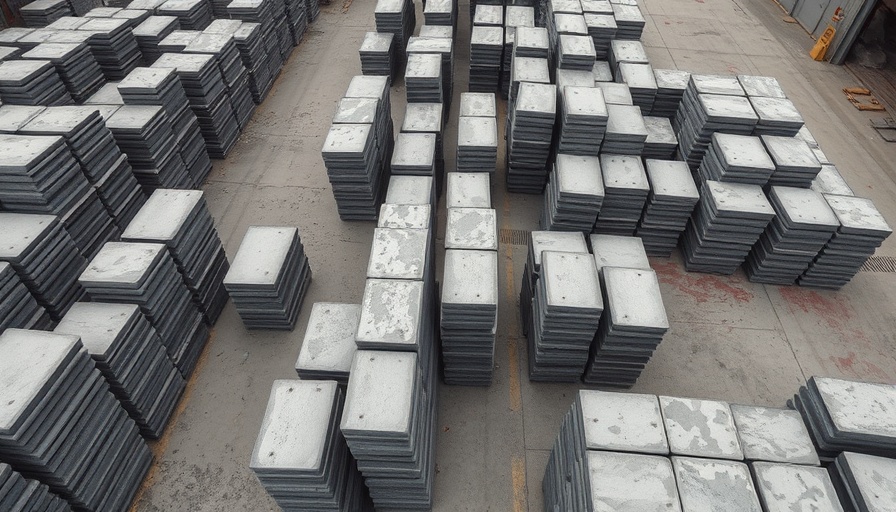
Durable Concrete Kerbs: The Backbone of Infrastructure Development
Concrete kerbs are often overlooked when discussing civil engineering, yet they serve an essential role in shaping the infrastructure of urban environments. Lascokerbs, a leading manufacturer in South Africa, has taken significant strides to provide high-quality concrete kerbs that cater to diverse site needs. Whether it’s for roads, parking spaces, or landscaped gardens, Durable Concrete Kerbs are engineered to withstand pressure and environmental factors — delivering an unparalleled combination of strength and reliability.
Why Strength Matters in Concrete Kerbs
The construction of robust infrastructure starts with high-quality materials. Lascokerbs’ concrete kerbs are made from virgin materials and boast a compressive strength of 30 MPA. This exceptional strength allows them to endure heavy loads, weather conditions, and mechanical wear — making them suitable for use in high-traffic areas. Testing each batch at accredited laboratories ensures that quality remains consistent across all products. For contractors and developers, the durability of these kerbs translates to reduced long-term maintenance costs, promoting better fiscal management in construction projects.
Exploring the Versatility of Lascokerbs Products
The extensive range of kerbs available from Lascokerbs offers tailored solutions for various civil, commercial, and landscaping needs:
- Barrier Kerbs: These effectively guide traffic, ensuring the safety of pedestrians in areas with high vehicular movement.
- Mountable Kerbs: Designed to allow controlled vehicle access, eliminating damage while maintaining the visual appeal of landscaped areas.
- Water Channels: These kerbs manage stormwater flow, preventing erosion and promoting sustainable drainage systems.
Each type of kerb is available in flexible lengths to cater to specific site requirements, demonstrating how Lascokerbs prioritizes adaptability in a rapidly changing construction landscape.
The Role of Concrete Kerbs in Urban Planning and Development
Urban planning hinges on the effective management of space and resources. Contemporary design trends increasingly emphasize the importance of durable infrastructure that supports eco-friendly urban environments. The integration of Lascokerbs products into city projects reflects this trend, as developers and architects seek to construct resilient mixed-use developments and smart cities. These durable kerbs are vital in promoting sustainable construction practices while enhancing the longevity of urban structures.
Peace of Mind with Proven Expertise
What sets Lascokerbs apart is their dedication not only to providing products but also to delivering peace of mind. With decades of experience in the civil concrete supply industry, they are a trusted partner for many contractors and developers across the Western Cape. Their commitment to reliability and customer service reinforces the importance of selecting the right materials for construction projects.
Connecting to Tomorrow: The Future of Construction with Concrete Kerbs
The construction industry is adapting to emerging technologies and sustainable practices. As smart city initiatives gain traction, the need for eco-friendly solutions like Lascokerbs’ products grows. Knowledge of available construction materials and their long-term benefits will empower property developers when making investment decisions. As urbanization intensifies, the importance of integrating sustainable practices will help facilitate a safer, more efficient future.
A Call to Action for Infrastructure Investment
Concrete kerbs are more than just an aesthetic choice; they play a vital role in supporting safer, eco-friendly infrastructure. Investing in Lascokerbs means investing in the future of urban environments. For developers and contractors focused on creating resilient communities, choosing high-quality products is crucial to long-term success. Discover how durable concrete kerbs can enhance your next project by contacting Lascokerbs today.
 Add Row
Add Row  Add
Add 




Write A Comment